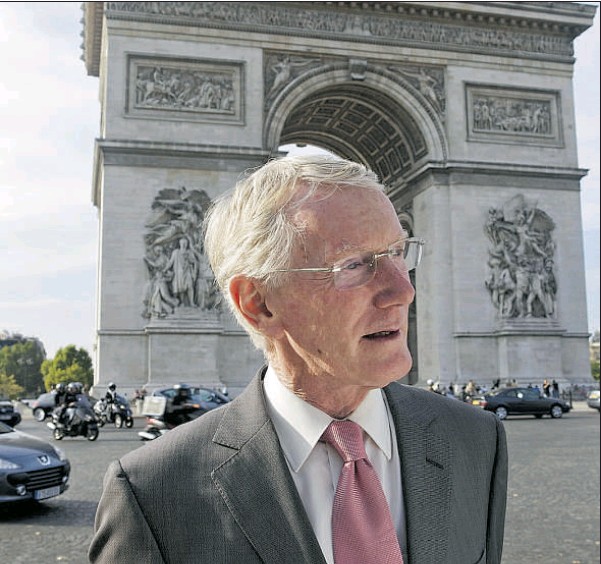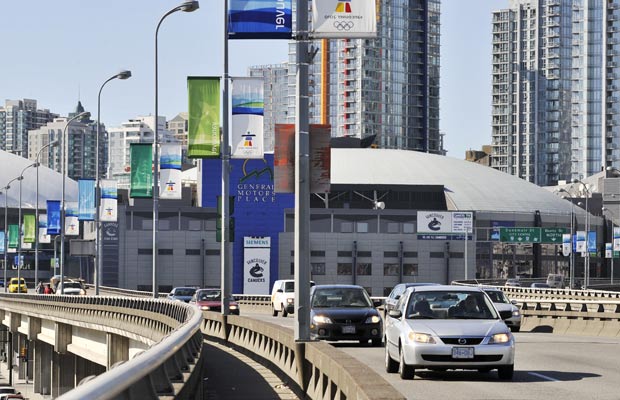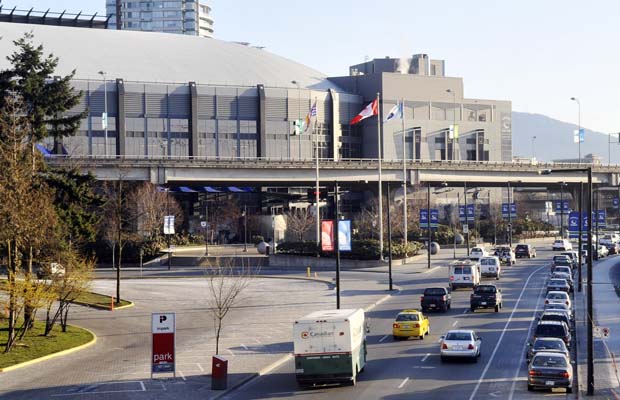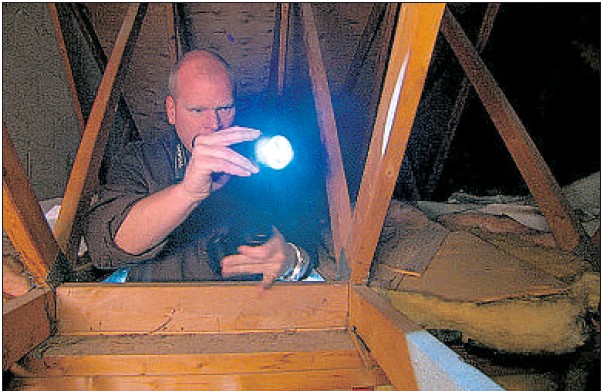Canadian economist calls for new regulations and higher interest rates
Peter O’Neil
Province

Canadian economist Bill White has received worldwide notoriety for his prophetic warnings of the 2008 global meltdown. — CNS
Canadian Bill White says he feels a sense of vindication, rather than joy, over his rock-star status in the world of economic forecasting that has come courtesy of his frighteningly prophetic warnings before the 2008 global meltdown.
White, whose folksy explanations of his theories are spiced with quotes from the Bible, Mark Twain and the Peanuts comic strip, is now invited to share his views with the likes of German Chancellor Angela Merkel and billionaire philanthropist George Soros.
White, pointing to the proliferation of beggars on European streets, said he was appalled when someone recently suggested he might be happy to have been proven right.
“I think the only sense one feels is one of vindication,” said White, 66, who grew up in Kenora in northwestern Ontario.
“Many people thought we were crazy for a long period of time, and we weren’t.”
White’s late-in-life celebrity status began after his retirement last year from his senior economist role at the Bank for International Settlements, an obscure international institution in Switzerland that acts as an advisory body for the world’s central banks.
For more than a decade, White’s was a lone voice among the tiny world of powerful individuals who set interest-rate policies for their respective countries.
He warned with increasing alarm that the world was heading toward a cliff.
Among those who dismissed White’s concerns were Alan Greenspan, the once-revered chairman of the U.S. Federal Reserve from 1987 to 2006, and current Fed chairman Ben Bernanke.
Today, while fingers of blame are pointed at Greenspan for his blind faith in deregulated markets, White is viewed by many as a prophet.
And his advice remains that, in addition to calling for tougher regulations for the financial industry, central bankers must be willing to raise interest rates forcefully to help shake out speculative excesses in areas such as housing and stock prices.
Financial Times chief economic commentator Martin Wolf said some private-sector economists were also issuing warnings before the crash.
What made White “remarkable” was that he was an insider, courageously challenging the views of central bankers who were effectively his bosses.
“Bill was conducting criticisms of monetary policy really from within the temple,” Wolf said.
The Financial Times cites his views regularly, while Germany’s Der Spiegel magazine recently published an interview headlined: “The Man Nobody Wanted To Hear.”
And the financial website Breakingviews.com listed White among a group of “undersung heroes of the credit crisis.”
White was just a few months past his first birthday when his father was killed by enemy fire during the allied advance in northern France.
When he was nine, his mother died of cancer, so he was taken in by his aunt and uncle. Four years later, his aunt died of cancer.
But White said his uncle had a powerful influence. He always told me: “You’ve gotta get your ticket in life.”
Ticket meant a solid education.
White, after getting his doctorate at the University of Manchester, worked four years at the Bank of England before starting 22 years at the Bank of Canada.
While in Ottawa, White began studying Japan’s economic collapse during the 1990s that was blamed on deregulation and rampant speculation that led to wildly overpriced commercial real estate.
White took his concerns about Japan with him in 1995 when he was hired as senior economic adviser at BIS in Switzerland.
From then until the 2008 meltdown, he issued annual reports which, with increasing alarm, looked at the growth of “imbalances” such as unsustainably high house prices, free-falling personal savings rates, stock market excesses, trade imbalances between exporting giants such as China and insatiable consumer nations such as the U.S., and the growing use of obscure, high-risk investment schemes.
While he argued in favour of tighter regulatory controls and still does, he also said regulations simply aren’t enough to contain the testosterone-fuelled drive within the financial community to maximize returns despite huge risks.
White said central banks had to look beyond their traditional role of keeping inflation in check.
He argued central bankers should be prepared to set sharply higher rates even if there was no inflation threat, to dampen speculative excesses.
His most dramatic challenge to prevailing wisdom took place in 2004 at an annual gathering of central bankers and the world’s top academic and private-sector economists at a resort in Jackson Hole, Wyo.
He firmly told his audience their thinking needed to shift.
There was a hush in the room as Greenspan stood to speak, noting that the Fed that very year had increased rates by 300 basis points, or three percentage points, but still failed to cool an overheated stock market.
“We know, of course, that if we raise rates 1,000 basis points we can knock down any asset bubble. We will also knock down the economy,” Greenspan said dismissively.
But White kept plugging away and, by BIS’s 2007 report, punches were no longer being pulled.
While he began his introduction by remarking on the booming, low-inflation economy around the world, he then went on at great length to describe all the risks — including plunging savings rates in the U.S., rising housing prices, and the corresponding euphoria over a sense of soaring personal health that led to more risky borrowing and spending.
“The concern is that this might all reverse,” White wrote a year before the meltdown.
Today, as White sips on a glass of Bordeaux at his favourite brasserie near his modest two-star hotel, he expresses some guarded optimism that regulators and central bankers have learned their lessons.
But he describes numerous problems in the global economy, including the ongoing problem of excess supply and weak demand. He said auto-sector bailouts and cash-for-clunkers policies do nothing to help countries begin producing products people actually need.
He predicts a return to economic growth that will be “significantly less than a lot of people are used to,” and said the real challenge will rest with central bankers’ willingness to consider a more proactive commitment to act more aggressively against speculative bubbles.
He acknowledged the mountains of uncertainty surrounding his unproven theories, and the warnings that his prescription could lead to disastrous deflation.
“If you have a hard problem, you can rest assured there will be a hard solution. There’s no way around it,” he said.
“If this crisis can be said to be helpful, it will be because it has led to see there’s a real problem that needs to be dealt with.”
White’s only previous brush with fame took place in 1984, when he was photographed wearing only his jogging shorts while ironing his pants before work. It appeared in the famous “day in the life of” series of coffee table books.
Among the thousands of pictures taken that day, that scene grabbed editors — especially women — because it was considered unusual for a man of his generation to do his own ironing.
White, while shrugging off any suggestion that his loss of his parents and aunt led to his independent and contrarian streak as an economist, did acknowledge one lasting impact.
“I’ll tell you one thing — you learn to iron your own pants, among other things.”
© Copyright (c) The Province













